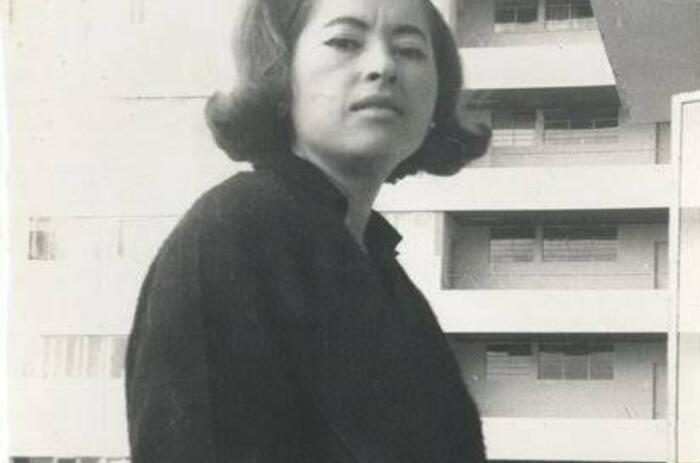Reviews

NFT - THE FUTURE OF ART?
In February 2021, Christie's auction house sold a digital work by Mike Winkemann, popularly known as Beeple, for the sum of $ 69.3 million, making the almost unknown author the third most sought-after living artist in the world, after David Hockney and Jeff Koons. The news shook the art scene. Not only because of the exorbitant amount obtained by Everydays: The First 5000 Days (2021) - the work in question - but, mainly, because of its immaterial nature and because of the implications of the event in a possible reconfiguration of the art system and some of its more established values.
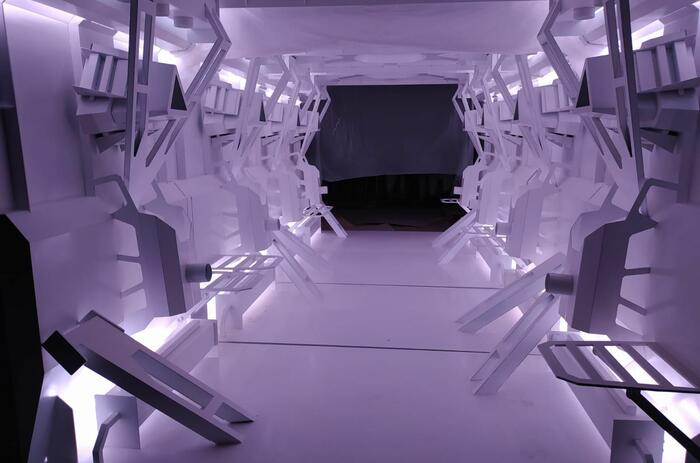
DAGOBERTO RODRÍGUEZ: OMENS OF THE FUTURE
Dagoberto Rodríguez (1969, Caibarién, Cuba) presents Planeta de Cristal (Crystal Planet), his first solo exhibition in Miami, recently opened to the public. It collects part of his production from 2020 and confirms the vitality that his already long and successful career preserves, which, with notable international recognition, has spanned the past three decades. The artist was first part, until very recently, of the Los Carpinteros collective, and then, since 2017, he works and exhibits on his own.
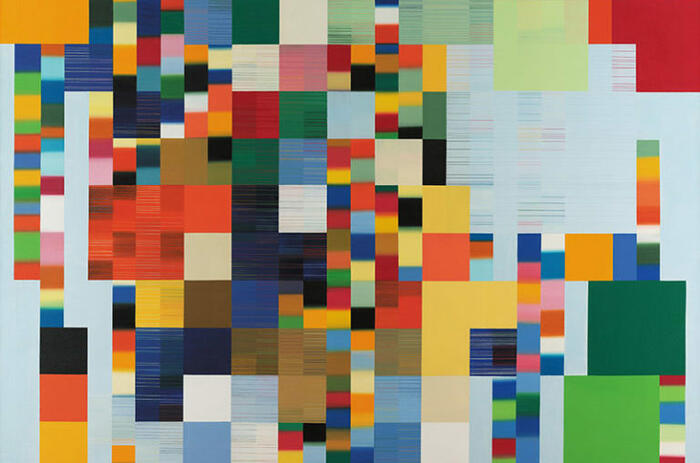
EVERYTHING IS POSSIBLE IN NEO POST: 50 YEARS OF GEOMETRIC PAINTING IN ARGENTINA, Museo de Arte Contemporáneo de Buenos Aires (MACBA)
The history of art for the last fifty years has yet to be written. But the NEO POST exhibition, 50 years of geometric painting in Argentina 1970-2020, is a good approach to a fundamental chapter of Argentine art, at the Museum of Contemporary Art in Buenos Aires (MACBA). The set of more than 80 artists selected by the curator Rodrigo Alonso reveals trends, nuances, affinities and differences between diverse creators, both historical ones such as Marcelo Bonevardi, Roberto Aizenberg, Kasuya Sakai and María Martorell, and artists in full activity such as Ernesto Ballesteros, Marta Minujín and Pablo Siquier. As a sign of these times, the artist's subjectivity appears, in all its freedom, open to other materialities and forms. It is no longer necessary to react rationally to the illusion, fiction and drama of figurative art. Everything is possible.
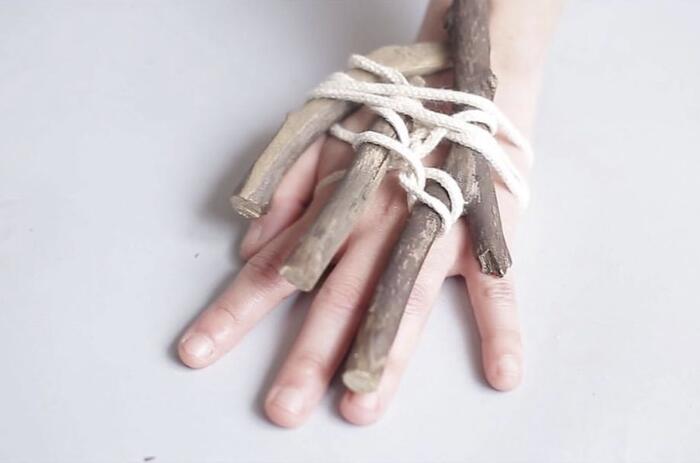
ABRIR GALLERY PRESENTS " JAMAS SU TRONCO ENDEREZA " AND "TODAY IS OUR TOMORROW"
The exhibitions, by the artists Alexandra Colmenares and Rocío Gomez, are held online and include works in audio, video, digital art, photography and painting. Creating a stage that enfolds the viewer, the screen that separates them ceases to be a window and becomes a connecting channel.
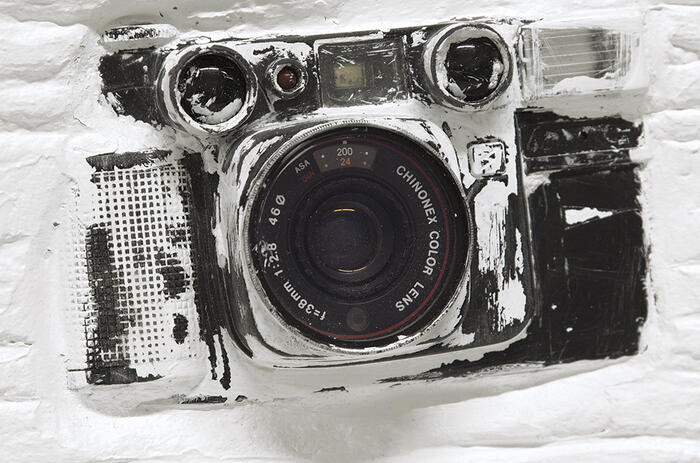
25 ARTISTS WHO OPPOSED THEIR IMAGINATION TO CONFINEMENT IN 2020
An ancient oriental tale tells, with multiple variants, the story of a painter who, having been imprisoned by an arbitrary power, devoted himself to painting a detailed landscape on the prison walls. Day after day the jailers observed the futility of his efforts. But the night he finished it, while everyone was sleeping, the imprisoned artist entered the landscape and was lost in it. Another version says that he painted a door through which he escaped along with other inmates. Spaced Out: Time is Art, curated by Adriana Herrera at the Art Factory Project gallery, brings together a group of paintings, photographs, collages, sculptures and other three-dimensional works created during the pandemic by 21 artists of various nationalities ad based in Miami. The dialogue between multiple visions that configure different exit doors reaffirms the possibility of contrasting the freedom of artistic imagination with the oppressive atmosphere of the present.
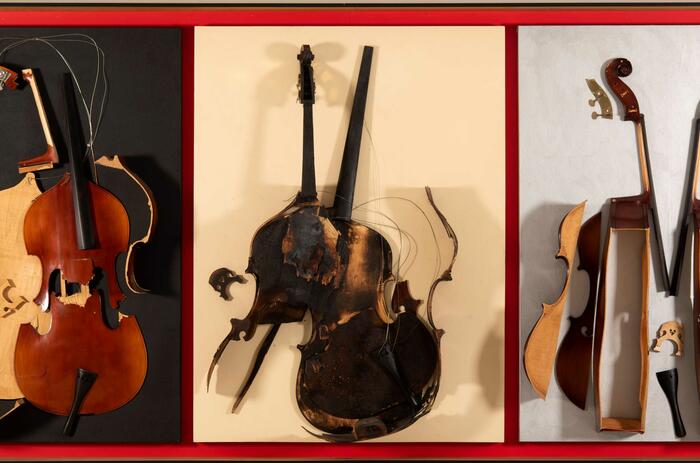
ARMAN: THE CREATING FUROR OF THE NEW REALISM IN MIAMI
Arman. Conceptual Perception, the first solo exhibition in Miami by the legendary French-American artist co-founder of the “Nouveau Réalisme” (New Realism), is the result of an applause-worthy collusion between the Ascaso gallery and Corice Canton, widow and trustee of the Arman Marital Trust and its vast legacy.
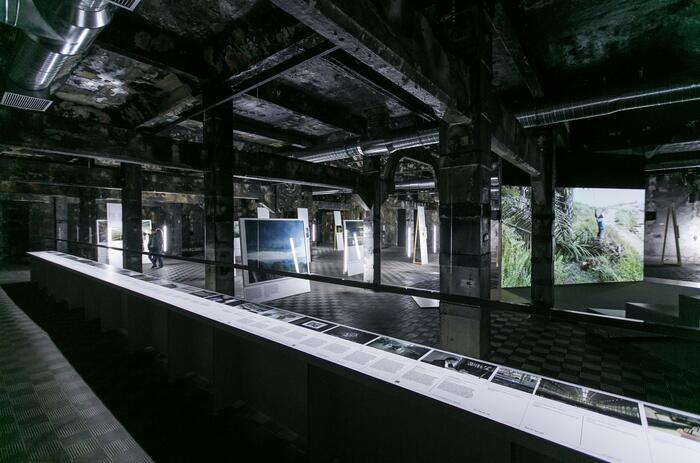
BLIND SENSORIUM: A VISUAL ANTHROPOLOGY THAT QUESTIONS CLIMATE ACTION
The exhibition at Matadero Madird is the result of ten years of work that the Italian artist Armin Linke (Milan, 1966) has developed in collaboration with Giulia Bruno and Giuseppe Ielasi with the aim of configuring a visual anthropology around political, economic and technological activity and the consequences that these processes have on the planetary ecosystems.
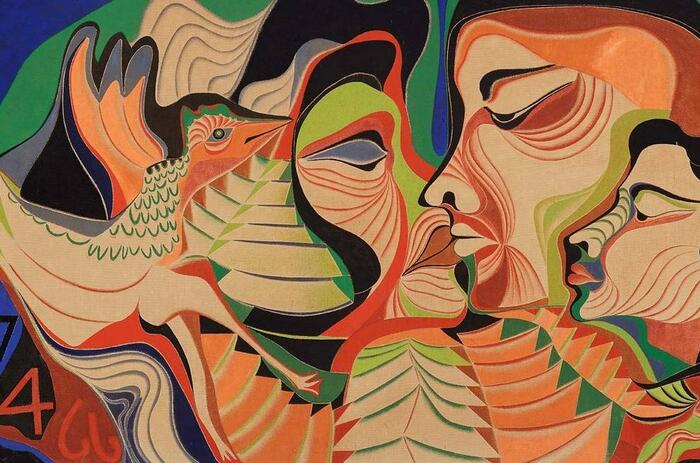
GEOMETRIC AND INTUITIVE, ARTIST AT HEART - IVAN SERPA - THE EXPRESSION OF CONCRETE
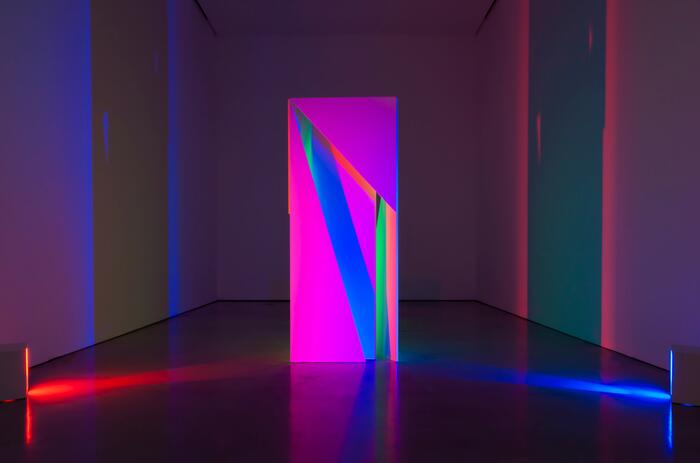
DAVID MAGÁN'S INTERACTIVE ART
David Magán inaugurated the projects Hard-line and Light Object at Galería Cayón space. On the one hand, a series of sculptural artworks that function as a single oeuvre and that deepen Magán's link with the use of line; on the other, an installation made especially for the second space that proposes to highlight the materiality of light through additive colour (the chromatic composition through the superimposition of red, blue and green).
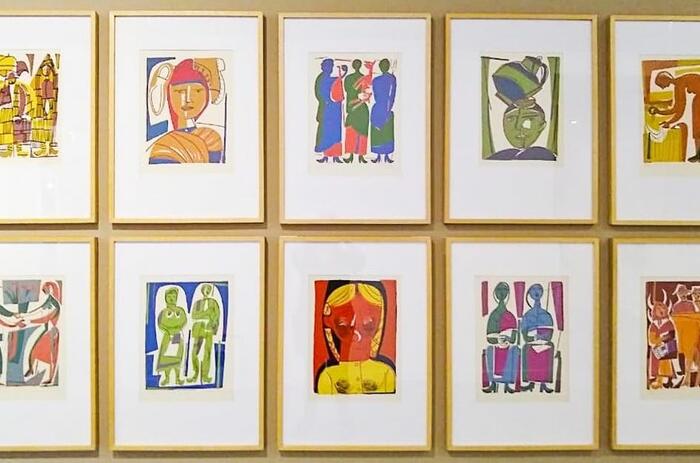
THE GRAPHIC ARTS FROM A PLURAL AND EXPANDED PERSPECTIVE
Creating a dialogue between heritage/historical collections and contemporary productions is a lucid strategy not only to make these collections visible, many times relegated to art deposits, but also to review certain genealogies of art history and to update and refresh their narratives that not infrequently have been built around disciplines and dogmatic categorizations.
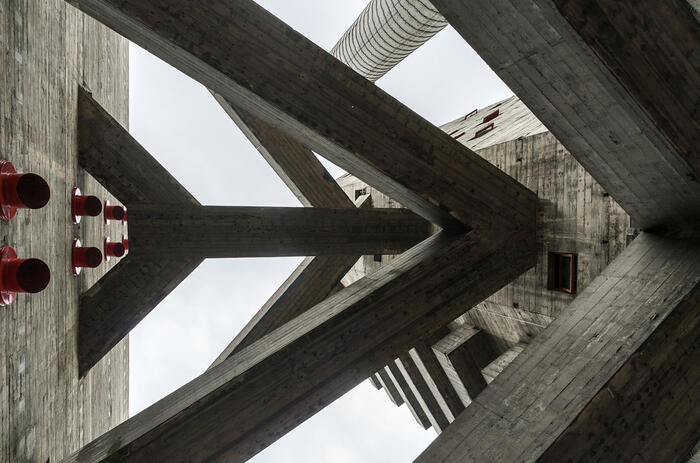
SKETCHES OF A NEW WORLD: INFINITO VÃO - 90 YEARS OF BRAZILIAN ARCHITECTURE
After a visit to Infinito Vão, one of the predominant sensations is that the best of Brazilian architecture always comes in duo with an expressive presence of the visual arts, both in modern times and in these conflicting current days. The exhibition, subtitled 90 years of Brazilian architecture and curated by Fernando Serapião and Guilherme Wisnik, is based at Sesc 24 de Maio, already emblematic of Paulo Mendes da Rocha, one of the two Pritzkers born in the country.
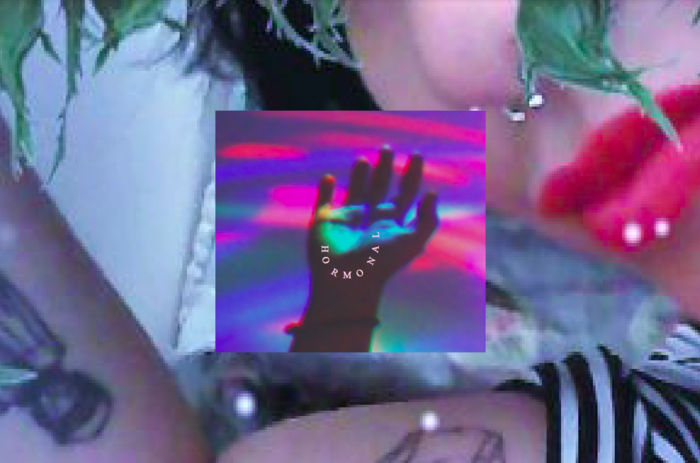
TO EXHIBIT IN TIMES OF COVID-19: ABRIR GALLERY PROJECTS
Opinion article and review of the exhibitions PDF and #OPENCALL presented by Abrir Galería, online project founded in Peru.
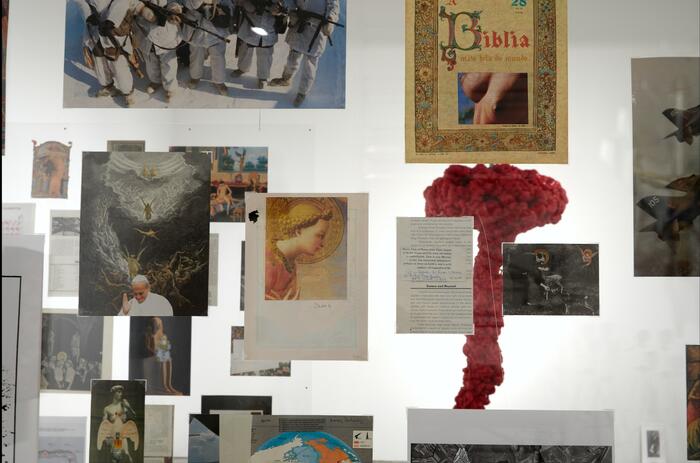
WAYS OF DISPLAYING CRUELTY, LEÓN FERRARI AT THE REINA SOFÍA MUSEUM
On the 4th floor of the Sabatini Building of the Museo Reina Sofía (Madrid, Spain), a collaborative project managed by the FALFAA (Augusto & León Ferrari Arte and Collection Foundation) and the Museo Reina Sofía presents La Bondadosa Crueldad-León Ferrari, 100 años (The Kind Cruelty - Leon Ferrari, 100 Years). As part of León Ferrar’s (Buenos Aires, 1920-2013) birth centenary, the exhibition aims to highlight in Europe the artwork of one of the most important figures on the international scene from the 1960s until his death.
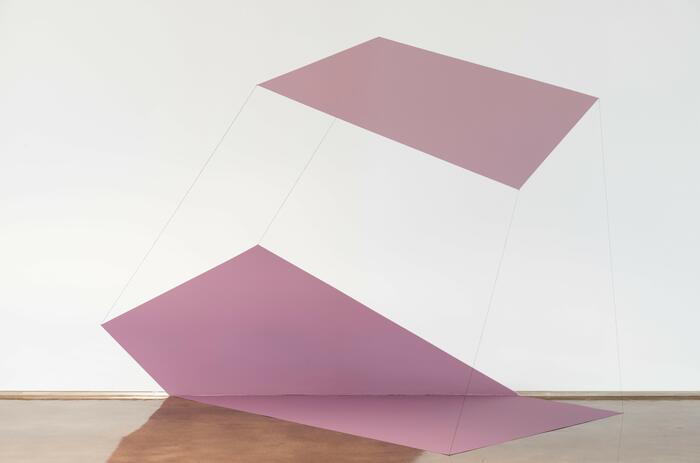
PAMM ACQUIRES A WORK BY LYDIA OKUMURA IN PIERO ATCHUGARRY GALLERY
What does it mean for a gallery that an artwork has been acquired by a museum?
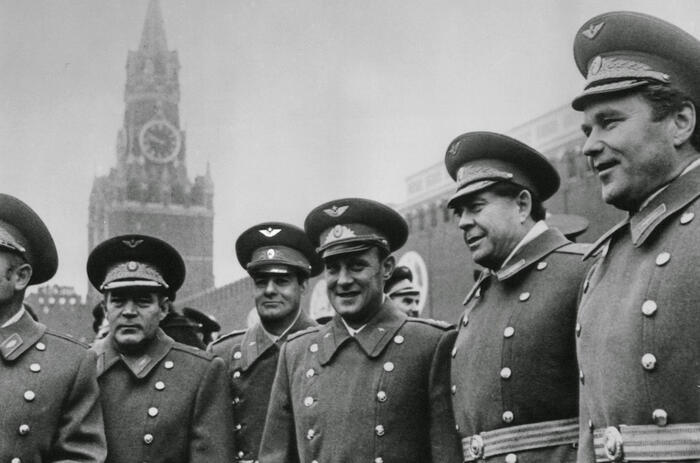
DOUBT, DECEPTION AND TRUTH. THE PHOTOGRAPHY OF JOAN FONTCUBERTA
A lie as a natural instinct of photography.
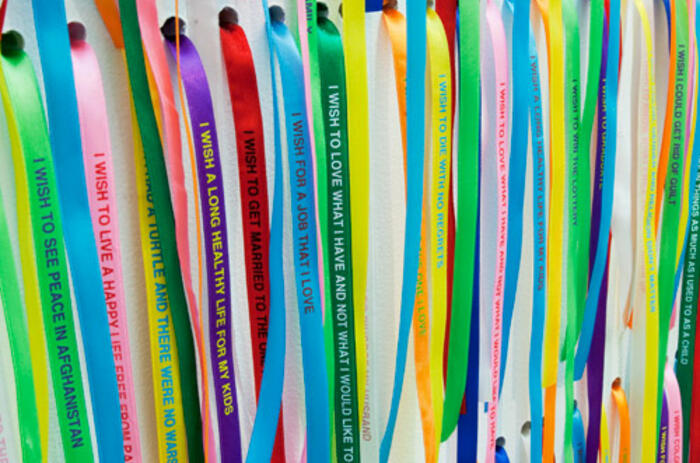
Rivane Neuenschwander: Poetics and responsability in all worldly things
If there were a quality that might apply to Rivane Neuenschwander’s unclassifiable art, it would be its capacity to implicate. A cyclic poetics of interaction animates the extremely broad range of works that eliminate the conventions of time and space, as well as the network of preconceptions based on which we build for ourselves a place in the world, often separated from one another by pre-established categories.
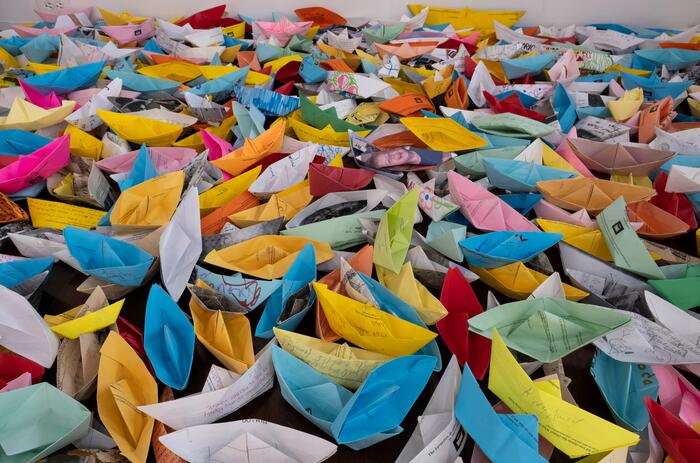
ACEPTAR: GROUP EXHIBITION AT THE JOAN HISAOKA HEALING ARTS GALLERY
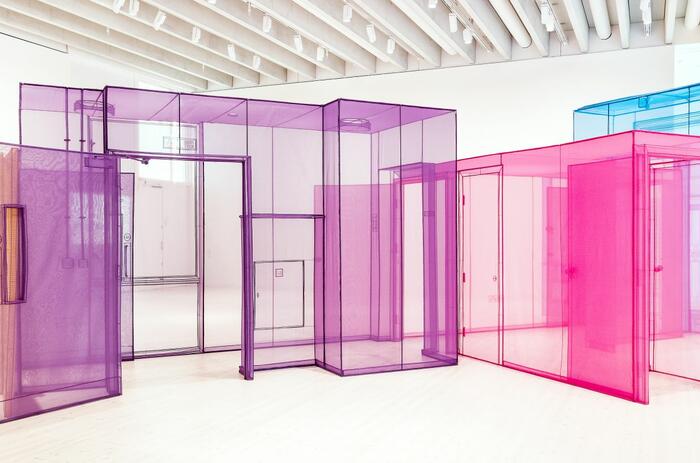
WHAT WE INHABIT AND INHABIT US - DO HO SUH AT LEHMANN MAUPIN
20 years after Do Ho Suh's first exhibition in the United States, Lehmann Maupin Gallery, which accompanied him then and to this day, presents a digital exhibition as a complement to the physical one in London.
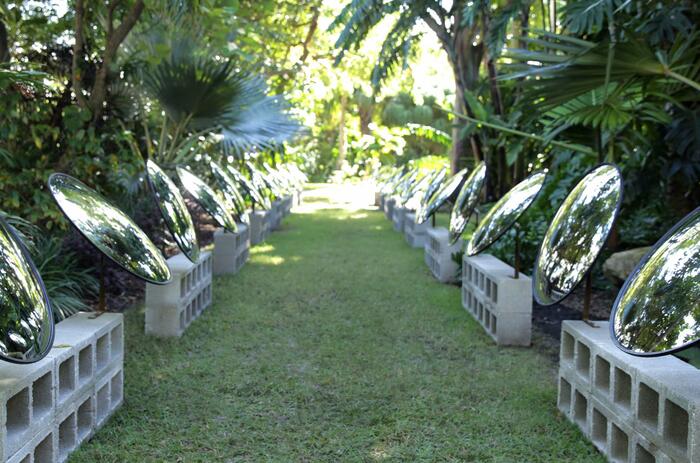
GUSTAVO PRADO’S INSTALLATION “THE UNDERCURRENT” AT MIAMI BEACH BOTANICAL GARDEN
Presented together with The55Project, The Undercurrent revisits Prado’s ongoing series “Measure of Dispersion,” last exhibited at the Jardim Botânico do Rio de Janeiro, Brazil in 2017.
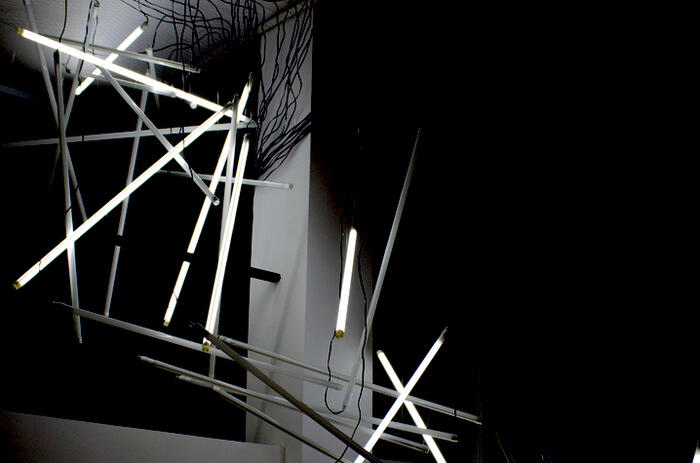
LAST DAYS OF “TRANSVERSAL” AT CASA HOFFMANN BOGOTÁ
Open until Friday 27, the TRANSVERSAL exhibition is an intersection between art, science and technology, a meeting between the perceptual and the philosophical, beyond the purely technical.
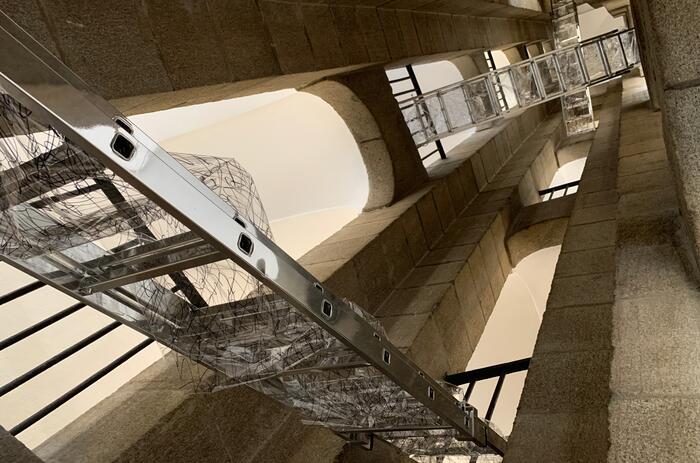
" QUE NOS ROBAN LA MEMORIA " CONCHA JEREZ AT THE REINA SOFÍA MUSEUM
On July 28, a retrospective exhibition of the Canarian artist Concha Jerez (Las Palmas de Gran Canaria, 1941) was inaugurated at the Museo Nacional Centro de Arte Reina Sofía. Mounted in the Vault Room, the Protocol Room, the stone stairs and the third floor of the Sabatini Building, the project takes museum visitors on an extensive journey that goes from the 70s - the artist's formative years - to the present. Que nos roban la memoria (They steal our memory), curated by Joao Fernandes is, beyond its regressive nature, a reflection on the mechanisms of censorship and repression in the face of memory mechanisms. Ultimately, a historical review from collective memory and personal memory.
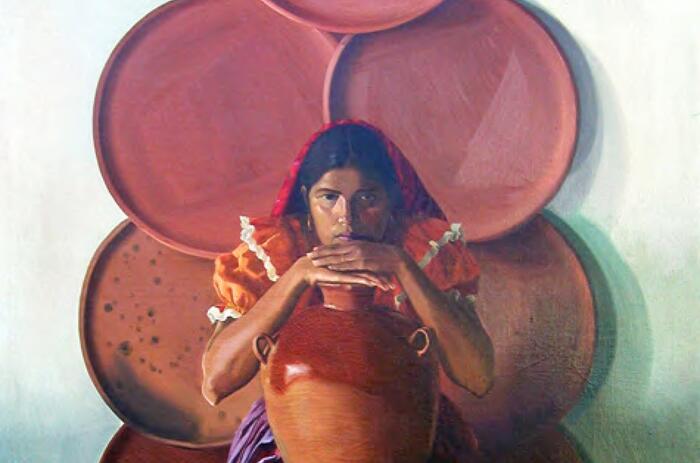
BEHIND THE IMAGE OF THE INDIGENOUS IN THE VISUAL ARTS OF EL SALVADOR. AFTER A CONSTRUCTION FROM CONTRADICTION
Article commissioned by Y.ES Contemporary, part of the 2019 Y.ES Artist Academy focused on arts writing, program led by Gabriela Poma. An iniciative of the Robert S. Wennett and Mario Cader-Frech Foundation, Y.ES Contemporary creates opportunities for outstanding Salvadoran contemporary artists to advance their artistic practice and engage with artists, curators, collectors, gallerists and the media within and outside El Salvador.
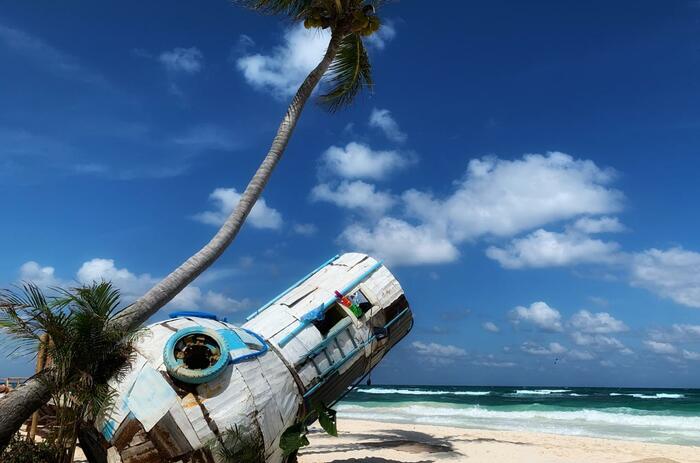
AESTHETIC RESISTANCE AS AN APPROACH TO THE AESTHETIC REGIME OF THE SALVADORAN ARTISTIC ENVIRONMENT
Article commissioned by Y.ES Contemporary as part of the 2019 Y.ES Artist Academy focused on arts writing, program led by Gabriela Poma. An iniciative of the Robert S. Wennett and Mario Cader-Frech Foundation, Y.ES Contemporary creates opportunities for outstanding Salvadoran contemporary artists to advance their artistic practice and engage with artists, curators, collectors, gallerists and the media within and outside El Salvador.
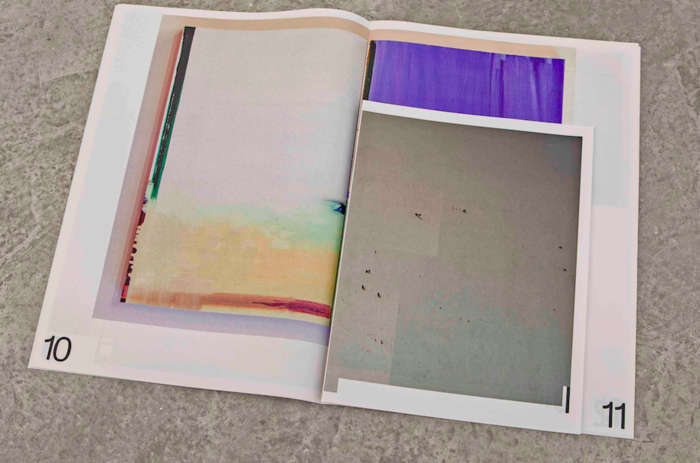
JUAN IRIBARREN: SCALAMANDRE-PFIZER - PHOTOGRAPHS, PAINTINGS AND PRINTED IMAGES
The last exhibition by Juan Iribarren Scalamandre-Pfizer, which took place at the Carmen Araujo Arte Gallery in Caracas, was a "visual essay", a work that brought together different "means" and "ways" of image production, and took the form of an exercise (and also a game) of connections: coming and going, confluences and dispersions. A “visual essay” that, on the one hand, manages to synthesize in an “event” a large part of the artist's pictorial interests, and on the other, narrates a transit, a move.
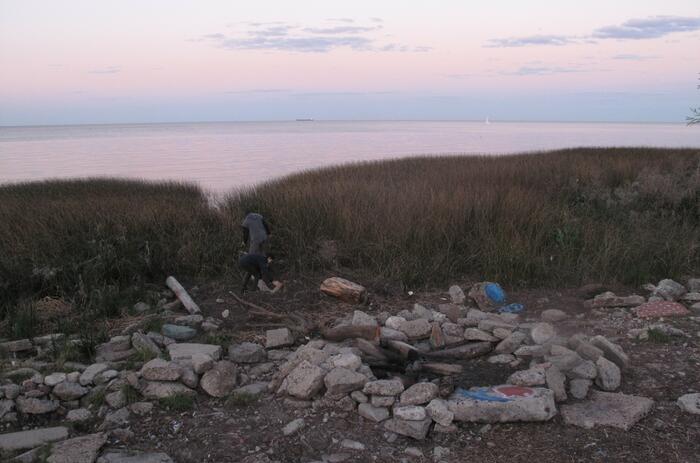
ART IN THE MARSH: AN EMERGING SCENE IN BUENOS AIRES
The cultural proposal of the collective PANTANOSUMPF and its exhibition Anábasis, in Buenos Aires. Young artists from the River Plate, between the weight of the past and the resignification of the present.
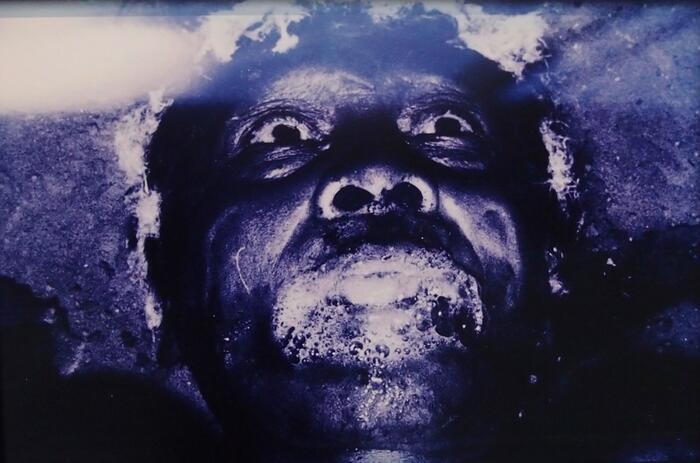
CLAUDIA ANDUJAR: LA LUTTE YANOMAMI - FONDATION CARTIER POUR L’ART CONTEMPORAIN
The Cartier Foundation presents the largest exhibition dedicated to the work of Brazilian photographer Claudia Andujar who, since the 1970s, has dedicated her life to the photography and defense of the Yanomami, one of the most important indigenous communities of the Brazilian Amazon.
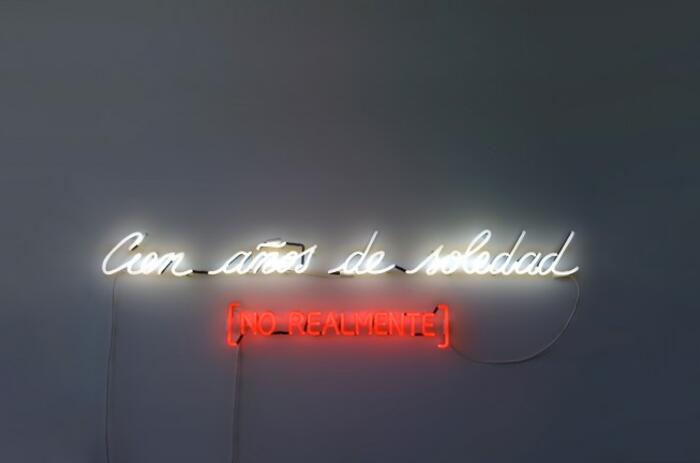
ARCOmadrid 2020: ALFREDO JAAR, A LESSON
The famous German gallery Thomas Schulte presents an individual booth dedicated to the artwork of Alfredo Jaar. The four selected projects of high political content were selected by the artist himself.
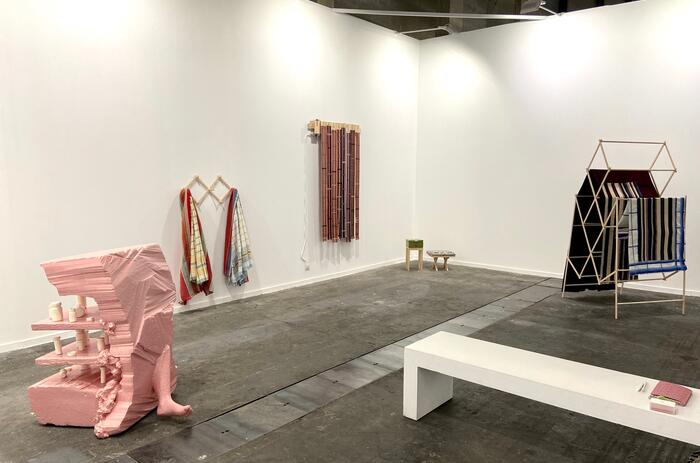
ARCOmadrid 2020: PROYECTOS ULTRAVIOLETA, HIGHLIGHTED STAND OF THE DIALOGUES SECTION
Within the framework of the Dialogues section, ARCOmadrid presented the First Iberia Prize to the Guatemalan platform Proyectos UltraVioleta for the work of Hellen Ascoli and Naufus Ramírez-Figueroa.
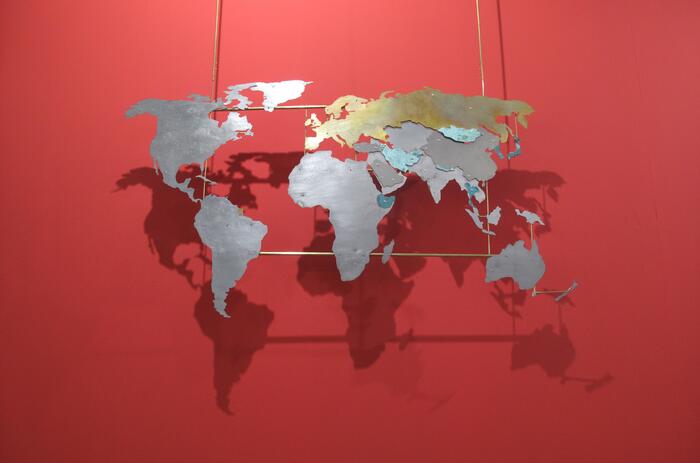
ARCOMadrid - LATIN AMERICAN ART AND A MACRO EXHIBITION OF VOLUSPA JARPA
As an extension of the “Alternative Views” project presented in Chile’s Pavilion in the Venice Biennale, the stand of the French gallery Mor Charpentier presents in ARCOmadrid 2020 a series of works by Voluspa Jarpa (Chile, 1971) never displayed before.
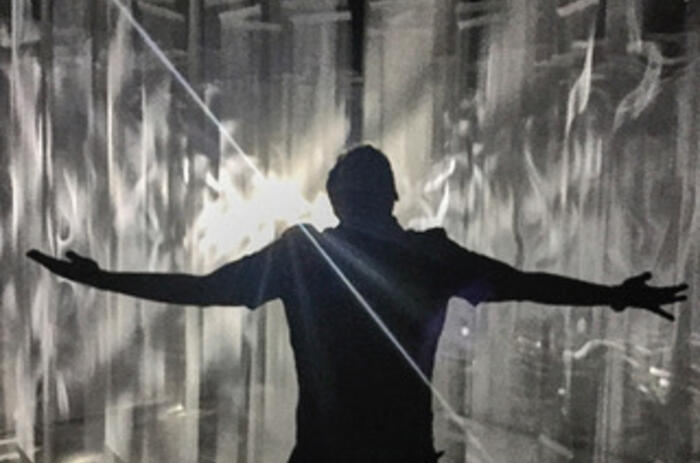
CLAUDIA AMMIRATA: ON THE PAIN OF YOUR OWN
Fix Me (Arréglame), an exhibition by Venezuelan artist Claudia Ammirata in Artmedia Gallery, is a photography and documentary video project exposing with as much ontological truth as formal sensibility, what is most vulnerable in one’s life to the look of the others.

